Innovative Approaches to Mold Prevention

Mold prevention has become increasingly crucial as awareness grows about the health risks associated with mold exposure. Mold, a type of fungus, thrives in damp and humid conditions and can cause a range of health issues, from minor allergic reactions to severe respiratory problems. Individuals with asthma, allergies, or weakened immune systems are particularly vulnerable to mold-related health complications. As our understanding of these risks deepens, the importance of effective mold prevention strategies becomes ever more apparent.
Traditional methods of mold prevention have typically centered on cleaning and controlling indoor humidity levels. Regular cleaning routines, prompt repair of leaks, and proper ventilation have long been the cornerstones of mold prevention. However, these methods can be labor-intensive and may not always be sufficient, especially in areas prone to high humidity or hidden moisture accumulation. Additionally, traditional approaches often require homeowners to be constantly vigilant, which can be challenging in our busy, modern lives.
Fortunately, recent technological advancements have introduced new and effective ways to combat mold growth. Innovations in smart home technology, such as smart dehumidifiers, IoT sensors, and automated ventilation systems, offer more efficient and reliable solutions for maintaining optimal indoor conditions. These technologies not only help prevent mold growth but also reduce the need for constant manual intervention, making mold prevention more manageable for homeowners. Advanced detection tools like thermal imaging cameras and mold test kits with digital analysis provide early warning systems that can identify mold-friendly conditions before they become serious problems.
This article explores these innovative approaches to mold prevention, emphasizing the integration of modern technology to maintain a healthier home environment. By leveraging the latest advancements, homeowners can take a proactive stance against mold, ensuring that their living spaces remain safe, clean, and free from harmful infestations. Whether you're looking to upgrade your current mold prevention strategies or seeking new ways to protect your home, the insights provided here will equip you with the knowledge to effectively combat mold using cutting-edge solutions.
Understanding Mold Growth and Health Risks
Mold thrives in damp, humid conditions and can grow on various surfaces, including walls, ceilings, and fabrics. It is particularly prevalent in areas with poor ventilation and high moisture levels, such as basements, bathrooms, and kitchens. Mold spores are microscopic and can easily become airborne, spreading throughout a home and settling on surfaces where they can grow and multiply. Once mold begins to colonize, it can be challenging to eradicate without proper intervention.
Exposure to mold spores can cause a wide range of health issues. Respiratory problems are among the most common, with symptoms ranging from mild irritation, such as coughing and sneezing, to more severe conditions like asthma attacks and chronic sinus infections. Individuals with preexisting respiratory conditions, such as asthma or chronic obstructive pulmonary disease (COPD), are particularly vulnerable to the effects of mold exposure. In addition to respiratory issues, mold can also trigger allergic reactions, including skin rashes, itchy eyes, and nasal congestion. These symptoms can significantly impact the quality of life for those affected, especially in cases of prolonged exposure.
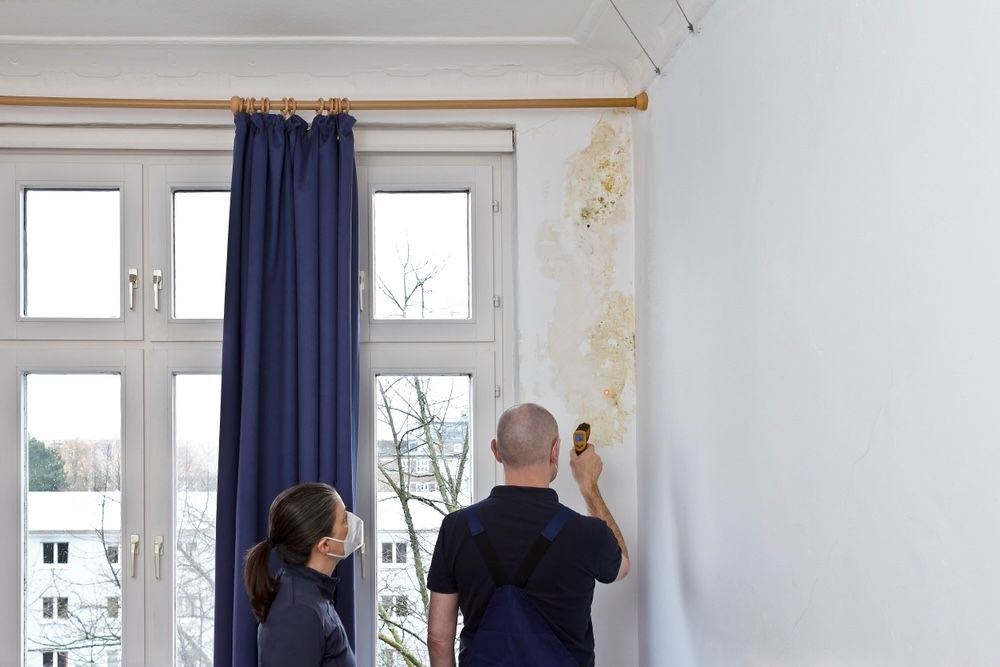
Certain types of mold, such as Stachybotrys chartarum (commonly known as black mold), produce mycotoxins that can pose serious health risks. Mycotoxins are toxic compounds that can cause a range of adverse health effects, including neurological symptoms, immune suppression, and, in severe cases, organ damage. Infants, elderly individuals, and those with weakened immune systems are particularly at risk for more serious health complications from mycotoxin exposure. Understanding the specific type of mold present in a home is crucial for determining the appropriate remediation and prevention strategies.
In addition to health concerns, mold can also cause significant damage to a home's structure and personal belongings. Mold can weaken the integrity of building materials, leading to costly repairs and replacements. It can also damage furniture, clothing, and other items, resulting in financial loss and inconvenience. The presence of mold can also decrease the value of a property, making it more difficult to sell or rent. For these reasons, it is essential to address mold issues promptly and take preventive measures to protect both health and property.
By understanding the conditions that promote mold growth and the associated health risks, homeowners can take a proactive approach to mold prevention. Regular inspections, maintaining proper humidity levels, and using modern technology to detect and address mold-friendly conditions can help keep homes safe and healthy. Awareness and education about mold prevention are key to minimizing the impact of mold on both health and property, ensuring a better quality of life for everyone in the home.

Smart Home Technology for Mold Prevention
Smart Dehumidifiers
Functionality: Smart dehumidifiers automatically adjust humidity levels based on real-time data, maintaining an optimal indoor environment. These devices are equipped with sensors that monitor the air quality and moisture levels, making continuous adjustments to ensure the humidity stays within a safe range.
Benefits: By preventing excessive moisture, smart dehumidifiers reduce the likelihood of mold growth without constant manual intervention. This automation is particularly beneficial in regions with fluctuating humidity levels or in homes with varying humidity requirements in different rooms.
Examples: Brands like Frigidaire and Honeywell offer models with Wi-Fi connectivity and smartphone controls for remote monitoring and adjustments. These features allow homeowners to receive alerts and control the dehumidifiers from anywhere, ensuring that their homes remain protected even when they are not present.
IoT Sensors
Functionality: Internet of Things (IoT) sensors monitor humidity, temperature, and moisture levels in various areas of the home. These sensors can be placed in high-risk areas such as basements, bathrooms, and kitchens to provide continuous monitoring and early detection of moisture buildup.
Benefits: Early detection of potential mold-friendly conditions allows homeowners to take preventive action before mold develops. IoT sensors can be integrated with other smart home devices, creating a comprehensive system that responds automatically to changes in the environment.
Examples: Products like the Eve Room or SensorPush provide accurate environmental data and alerts through mobile apps. These sensors can track trends over time, helping homeowners identify patterns and potential problem areas that may require additional attention or intervention.
Automated Ventilation Systems
Functionality: Automated ventilation systems use sensors to detect humidity levels and automatically activate ventilation fans to maintain proper airflow. These systems are particularly effective in preventing mold growth in areas prone to high humidity, such as bathrooms and kitchens.
Benefits: Improved air circulation reduces moisture buildup, particularly in high-risk areas like bathrooms and basements. By maintaining consistent airflow, these systems help to prevent the conditions that allow mold to thrive.
Examples: Systems like Panasonic’s WhisperGreen Select offer customizable settings and integration with smart home ecosystems. Homeowners can program these systems to respond to specific conditions, ensuring optimal ventilation and mold prevention at all times.
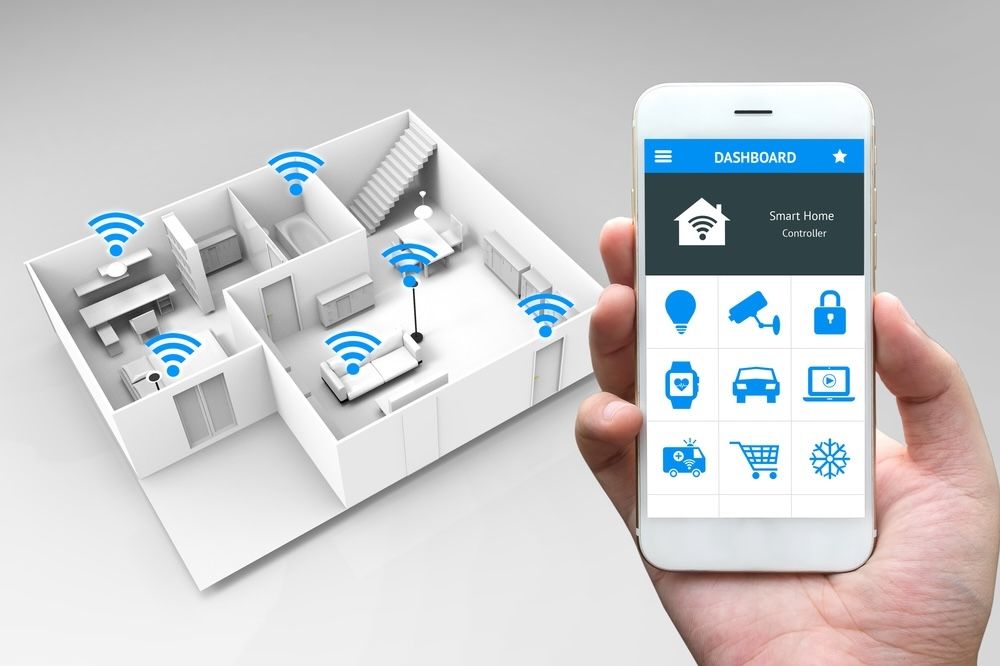
Advanced Mold Detection Technologies
Thermal Imaging Cameras
Functionality: Thermal imaging cameras detect temperature variations that indicate moisture presence behind walls and ceilings. These cameras are particularly useful for identifying hidden leaks and areas of moisture accumulation that are not visible to the naked eye.
Benefits: Identifying hidden moisture sources helps prevent mold growth in areas that are not easily visible. By catching these issues early, homeowners can address the root cause of mold problems before they become severe.
Examples: Devices like the FLIR ONE Pro attach to smartphones, providing a user-friendly way to conduct thorough inspections. These cameras produce thermal images that highlight areas of concern, allowing homeowners to pinpoint problem areas and take corrective action.
Mold Test Kits with Digital Analysis
Functionality: Mold test kits collect air or surface samples and provide digital analysis to identify mold species and concentrations. These kits are easy to use and can be a cost-effective way for homeowners to assess mold levels without hiring professional services.
Benefits: Accurate identification of mold types allows for targeted remediation and prevention strategies. Understanding the specific mold species present in the home can help homeowners choose the most effective methods for removal and prevention.
Examples: Kits from companies like My Mold Detective offer lab-quality results with easy-to-use home testing methods. These kits often include detailed instructions and access to professional analysis, ensuring that homeowners receive accurate and actionable information.
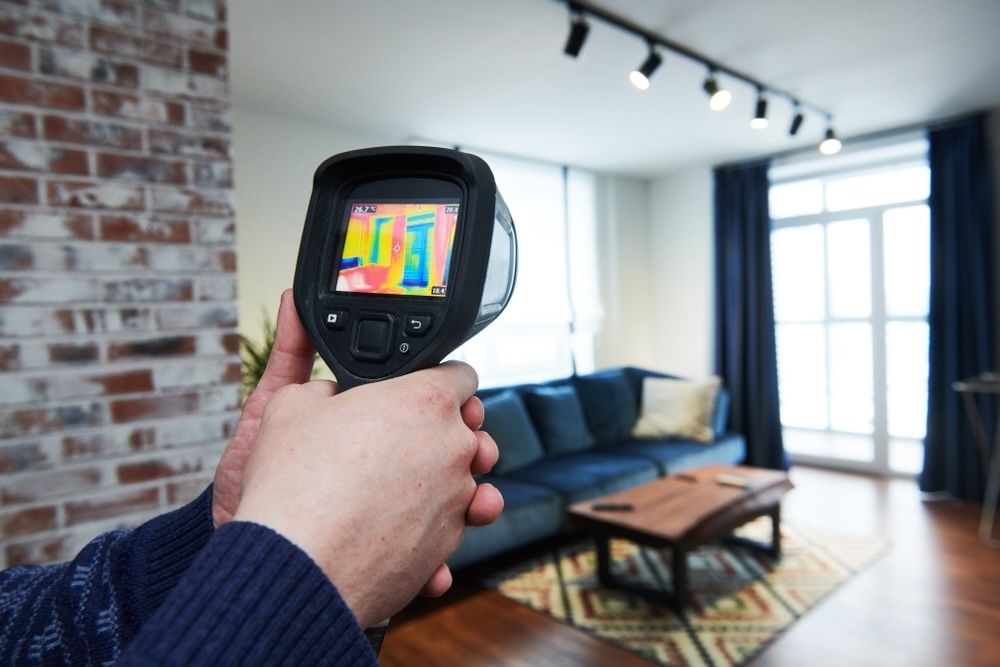
Integrating Technology with Traditional Methods
Regular Maintenance: Despite technological advancements, regular home maintenance is essential. Combine smart devices with routine inspections and cleaning to ensure comprehensive mold prevention. Regularly inspecting areas prone to moisture, such as bathrooms, kitchens, and basements, and addressing any leaks or water damage promptly can significantly reduce the risk of mold growth.
Education and Awareness: Staying informed about the latest mold prevention technologies and techniques empowers homeowners to make proactive decisions for a healthier living environment. Educating yourself about the signs of mold growth and the best practices for prevention can help you stay ahead of potential issues and maintain a mold-free home.
Conclusion
Incorporating modern technology into your mold prevention strategy can significantly enhance your ability to maintain a healthy home. Smart dehumidifiers, for instance, provide a hands-free solution to maintaining optimal humidity levels, automatically adjusting to environmental changes. This consistent control helps to prevent the conditions that mold needs to thrive. Similarly, IoT sensors offer continuous monitoring of humidity, temperature, and moisture levels, alerting homeowners to potential issues before they escalate. These technologies not only improve mold prevention but also free up time and reduce the stress associated with constant vigilance.
Advanced detection tools, such as thermal imaging cameras and digital mold test kits, provide an additional layer of security. Thermal imaging can uncover hidden moisture problems behind walls and ceilings, allowing for early intervention before mold has a chance to grow. Digital mold test kits offer precise identification of mold species and concentrations, enabling targeted and effective remediation efforts. These tools ensure that homeowners can address mold problems promptly and accurately, minimizing health risks and potential damage to their homes.
By combining these technological advancements with traditional methods of regular cleaning, prompt repairs, and proper ventilation, homeowners can create a comprehensive and effective mold prevention strategy. Education and awareness about the latest technologies and best practices further empower homeowners to make informed decisions and stay proactive in their efforts to maintain a mold-free home. Ultimately, leveraging modern technology for mold prevention not only enhances home health and safety but also provides peace of mind, knowing that your living environment is protected by the most effective tools and strategies available.
Topics
Check more articles on our blog
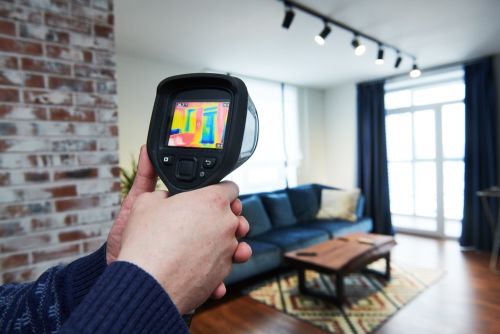
Innovative Approaches to Mold Prevention

What are the Ways to Get Rid of Toxic Mold at Home?
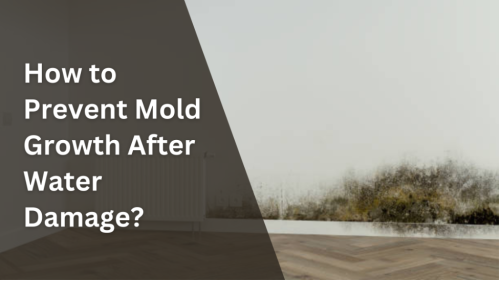
How to Prevent Mold Growth After Water Damage?
